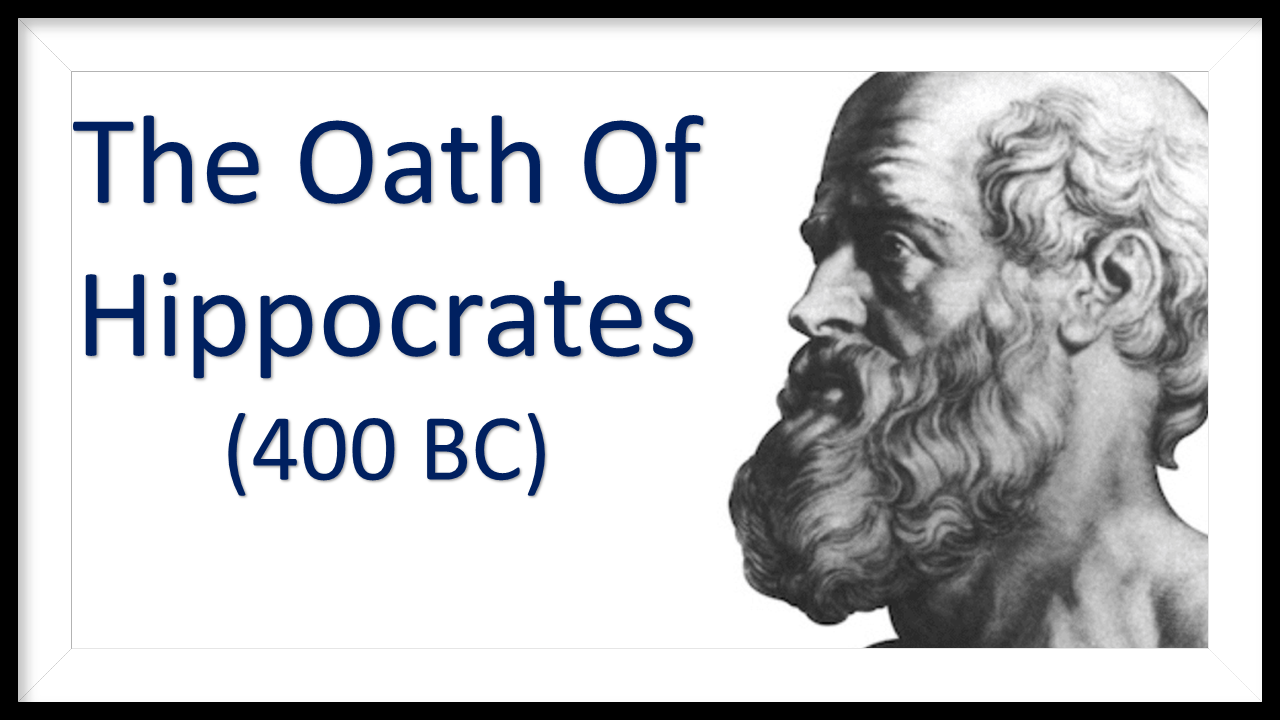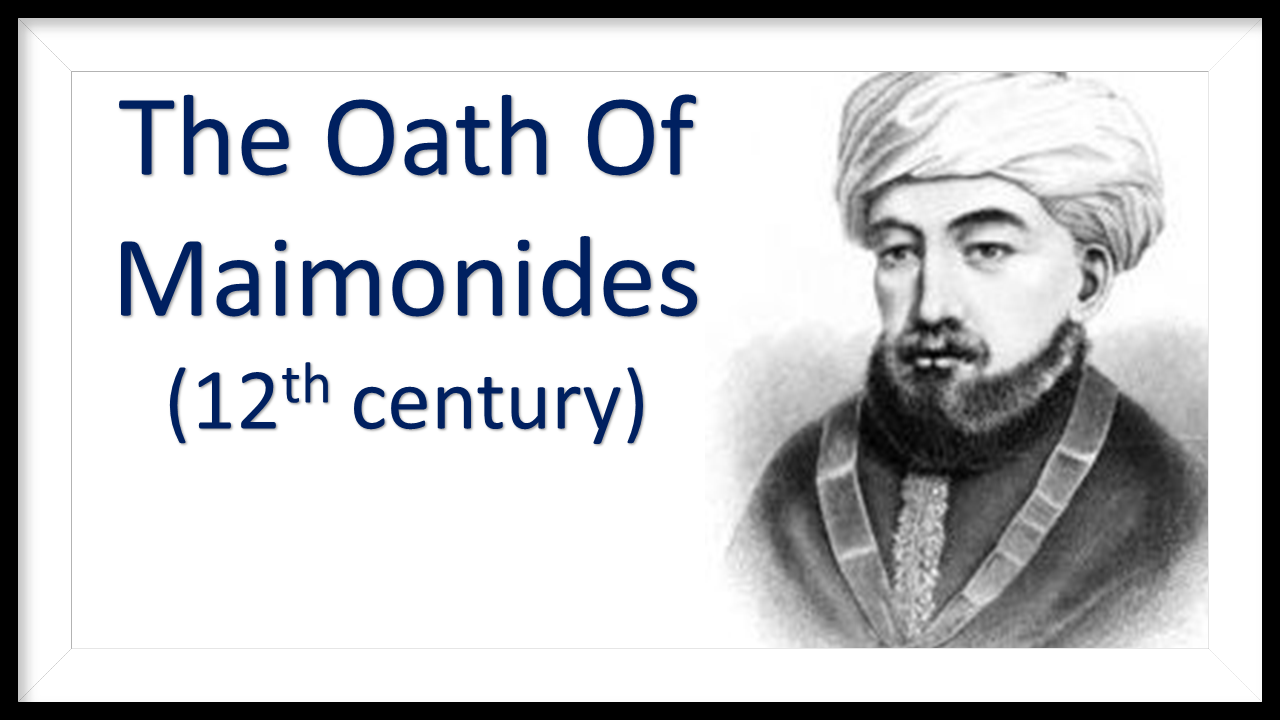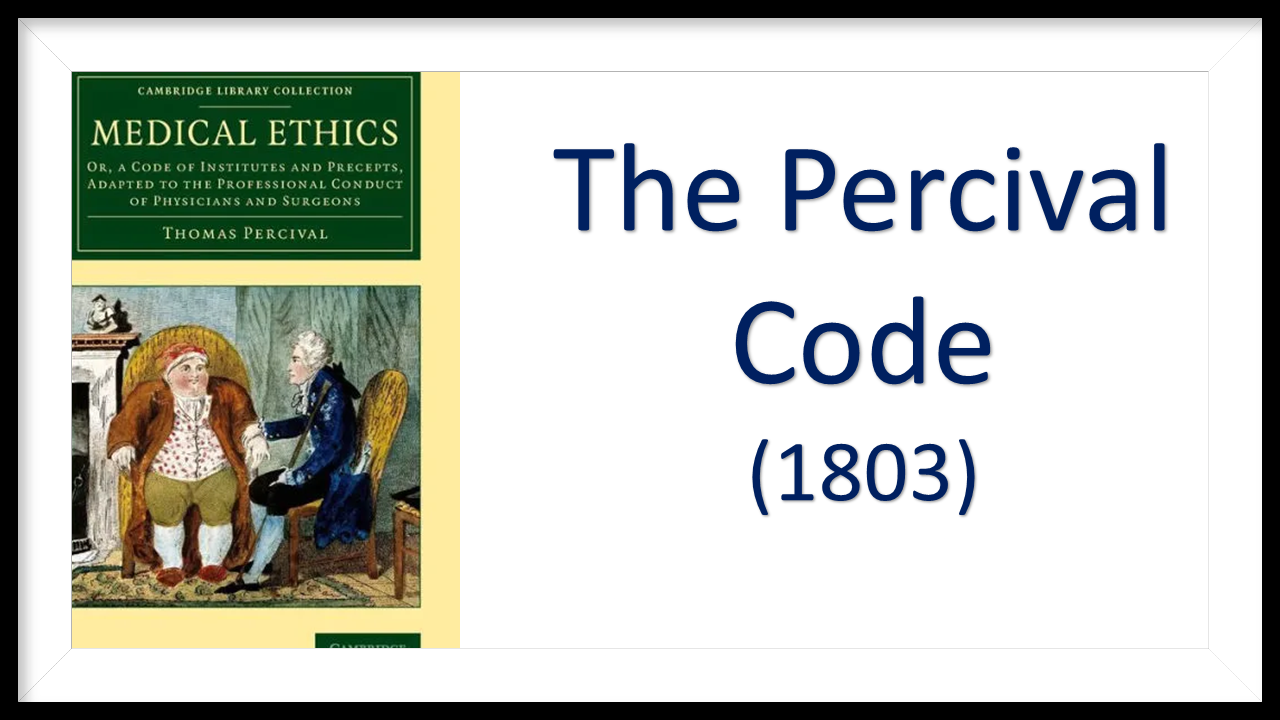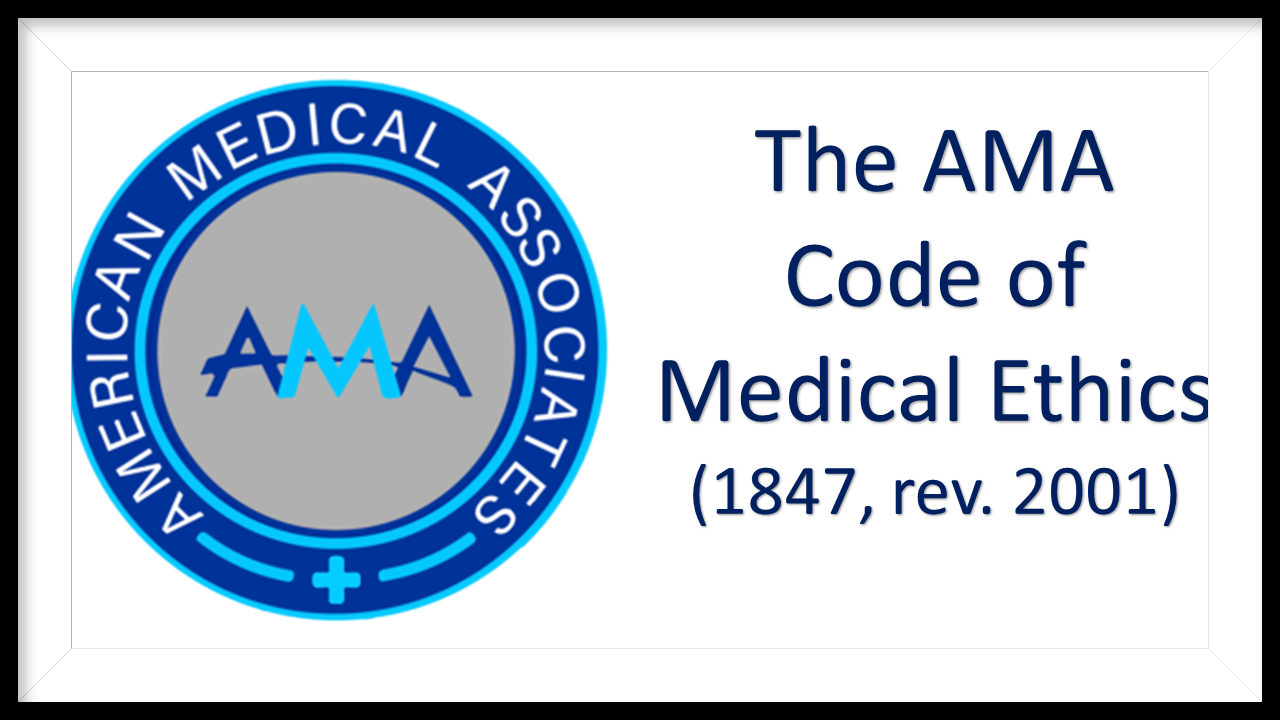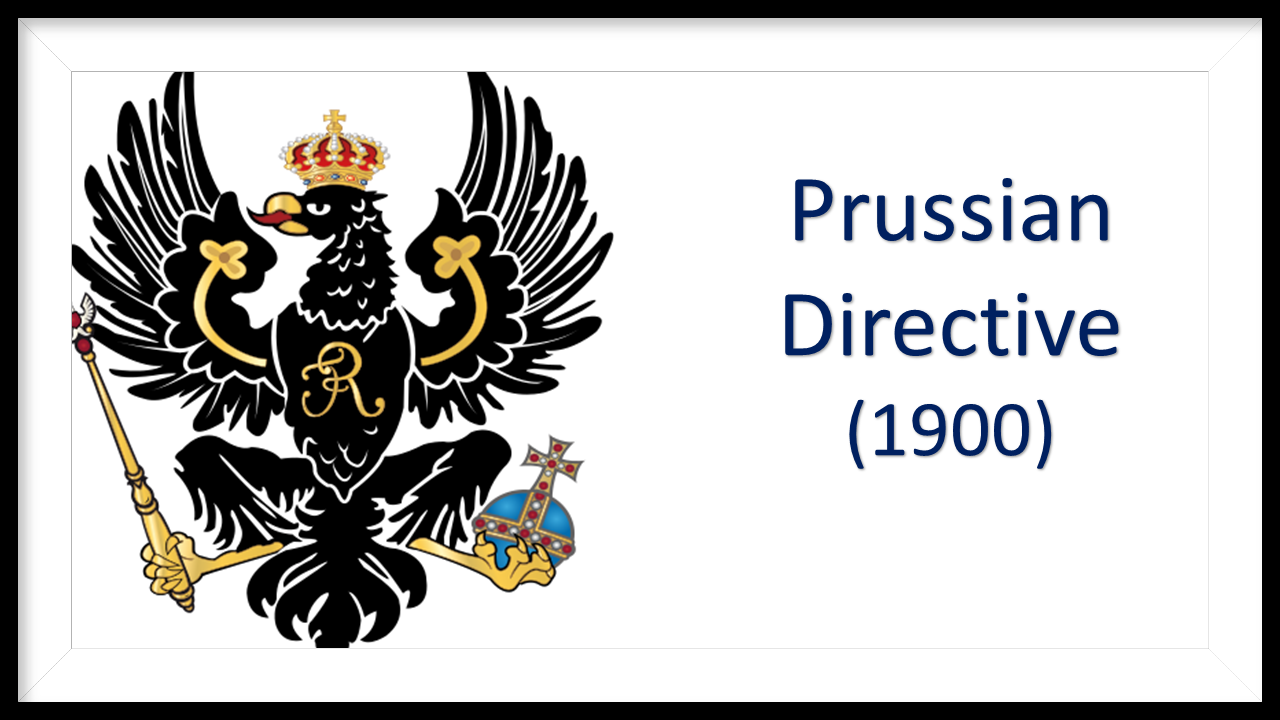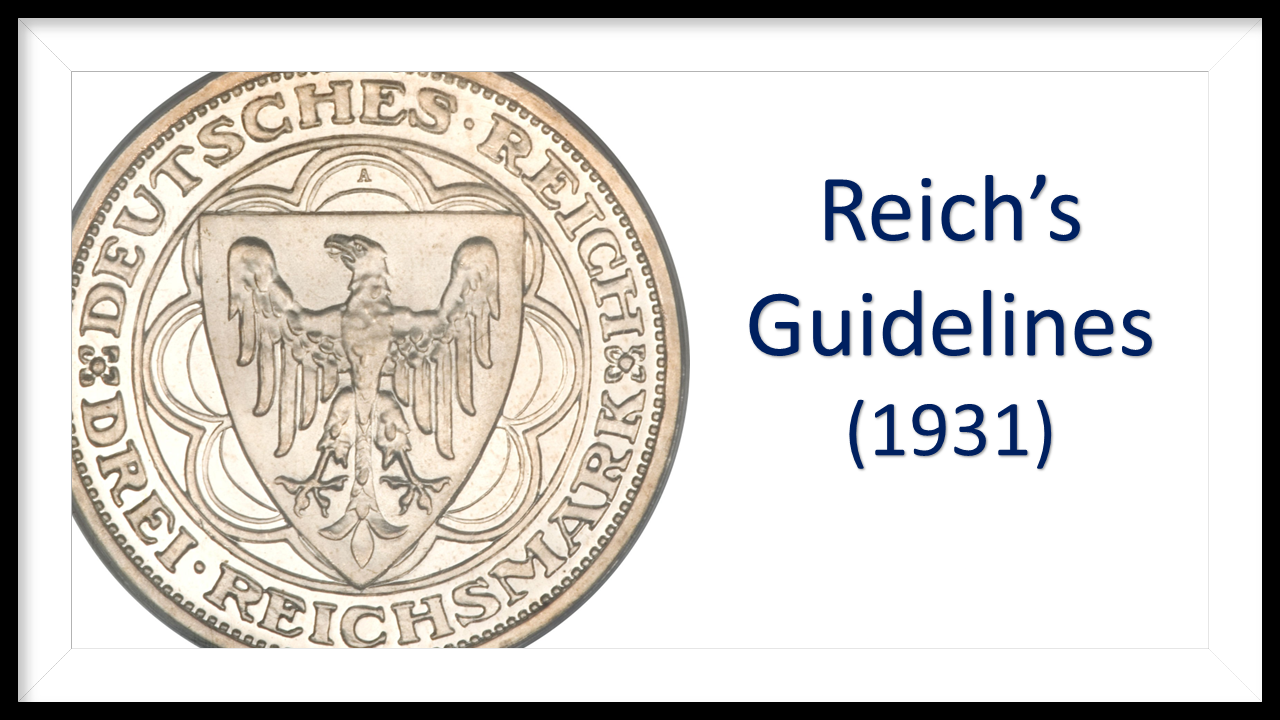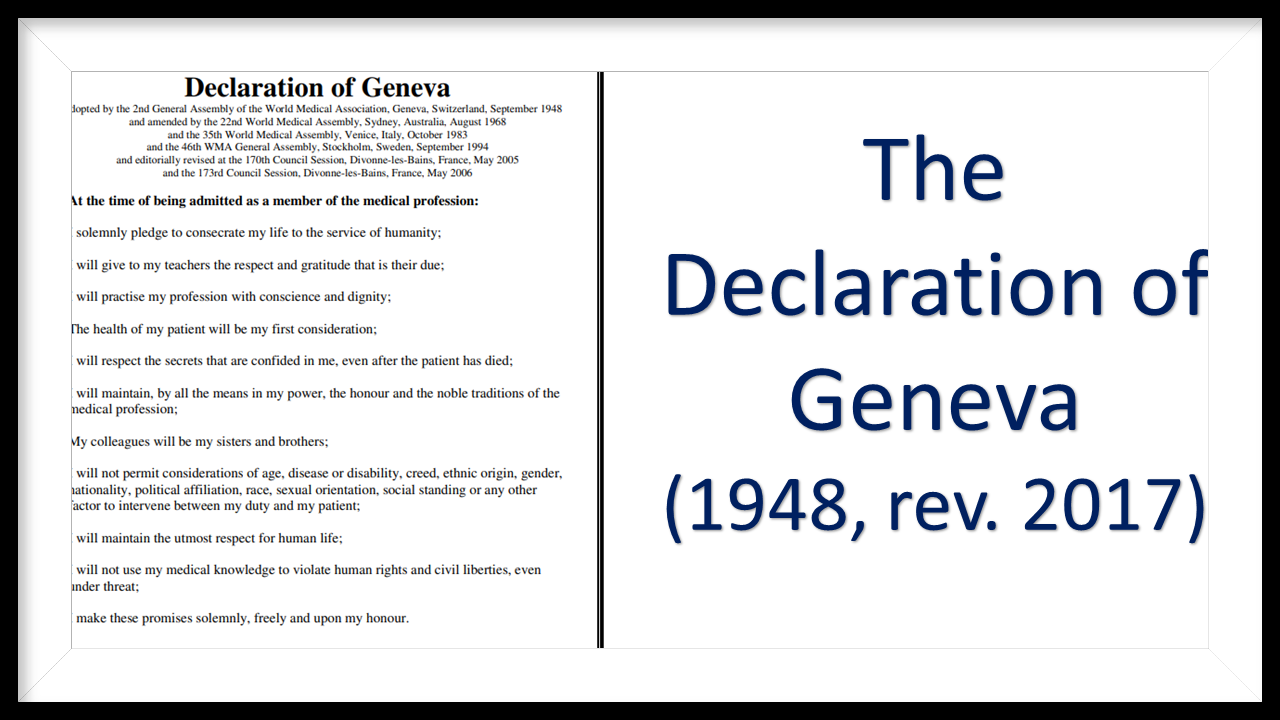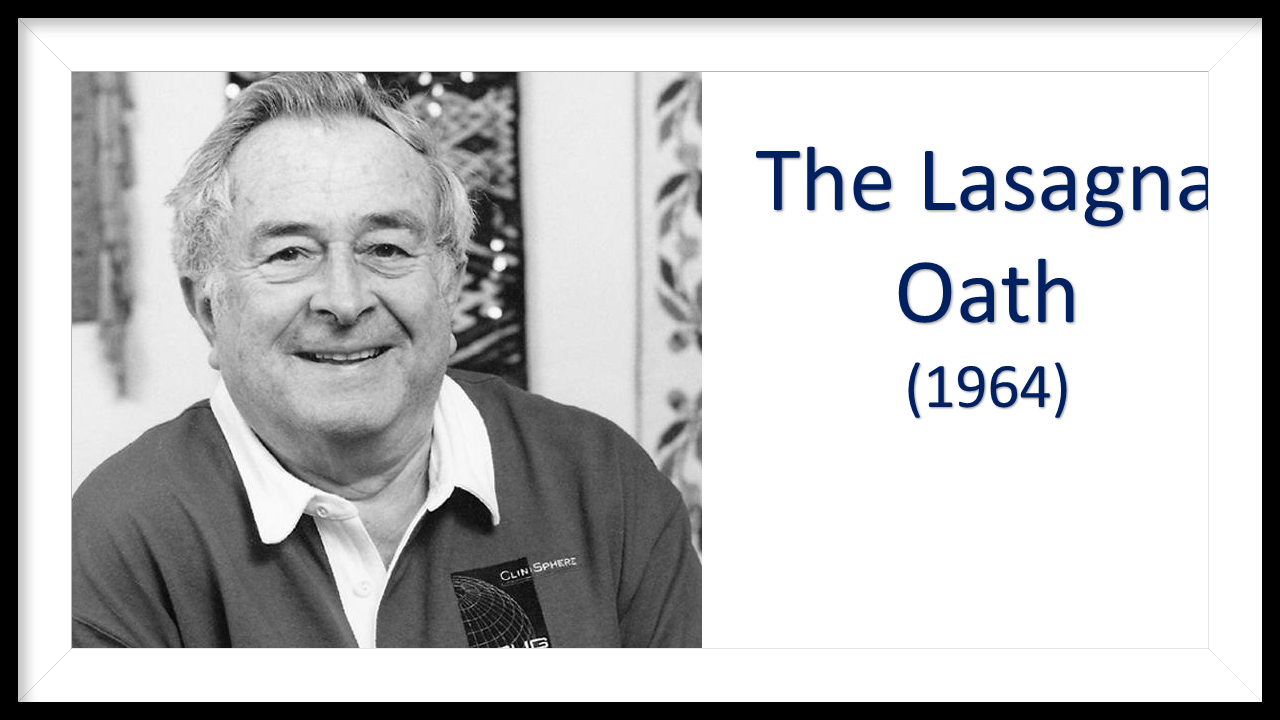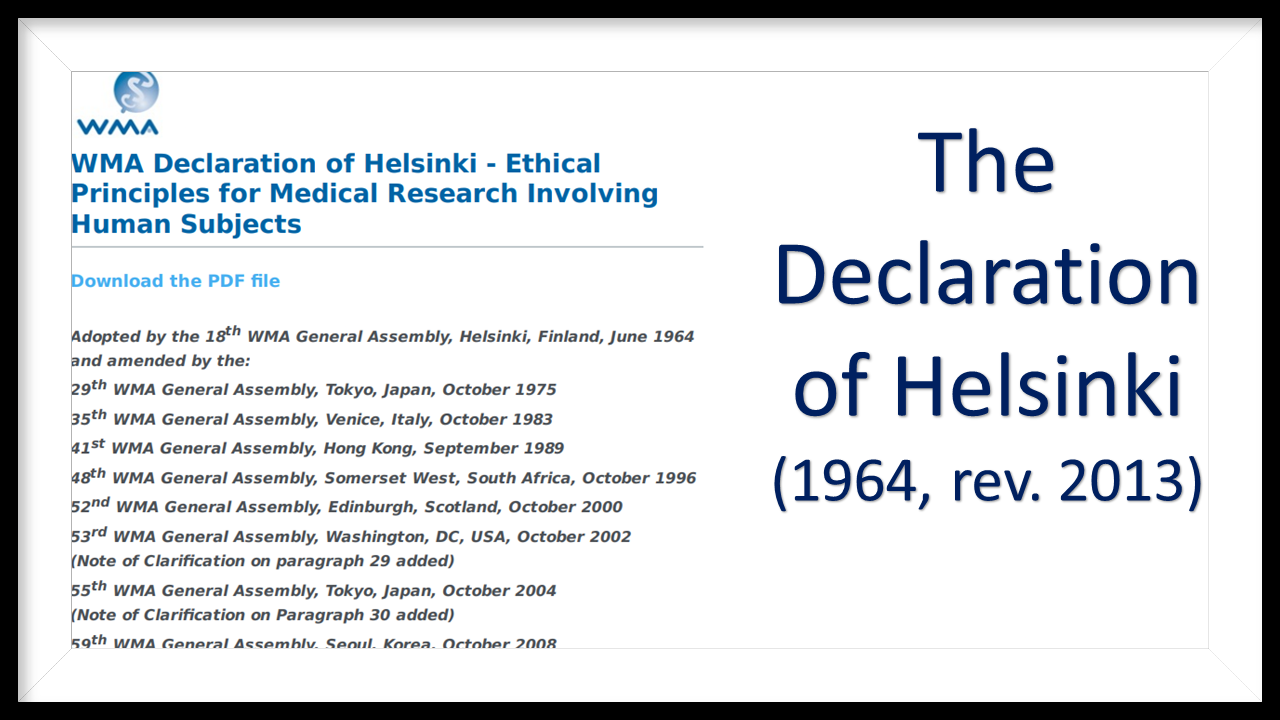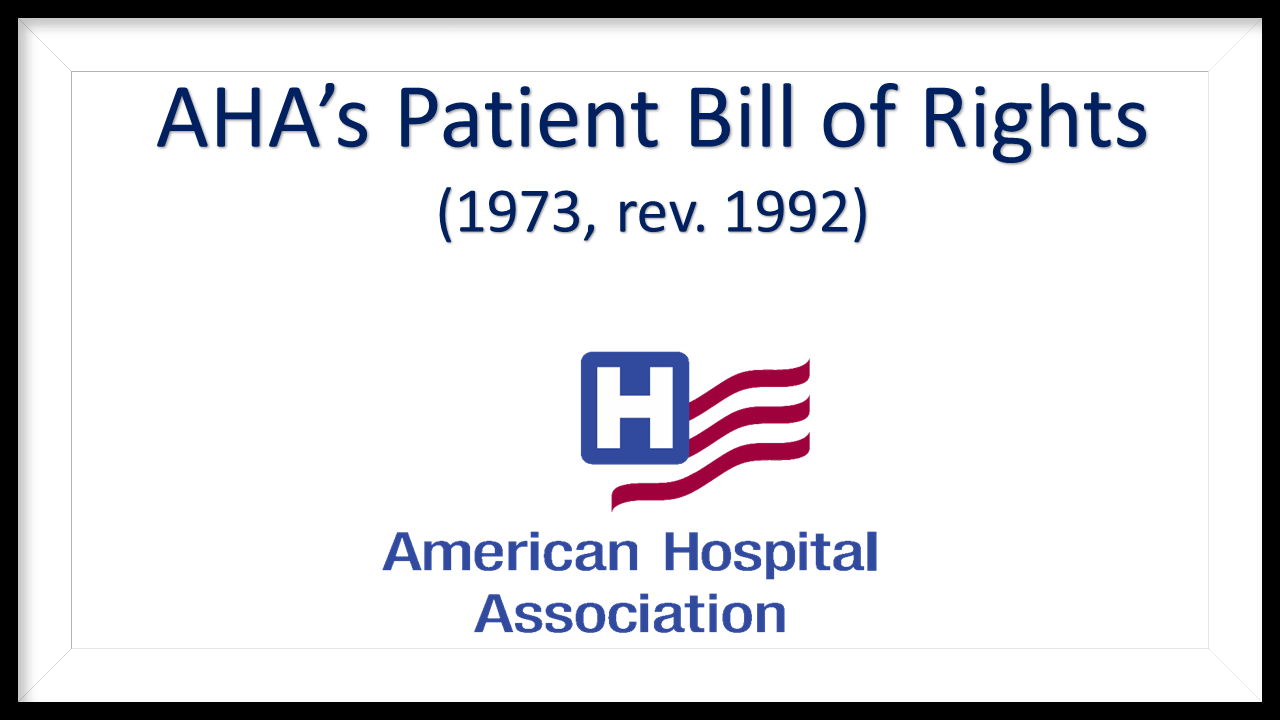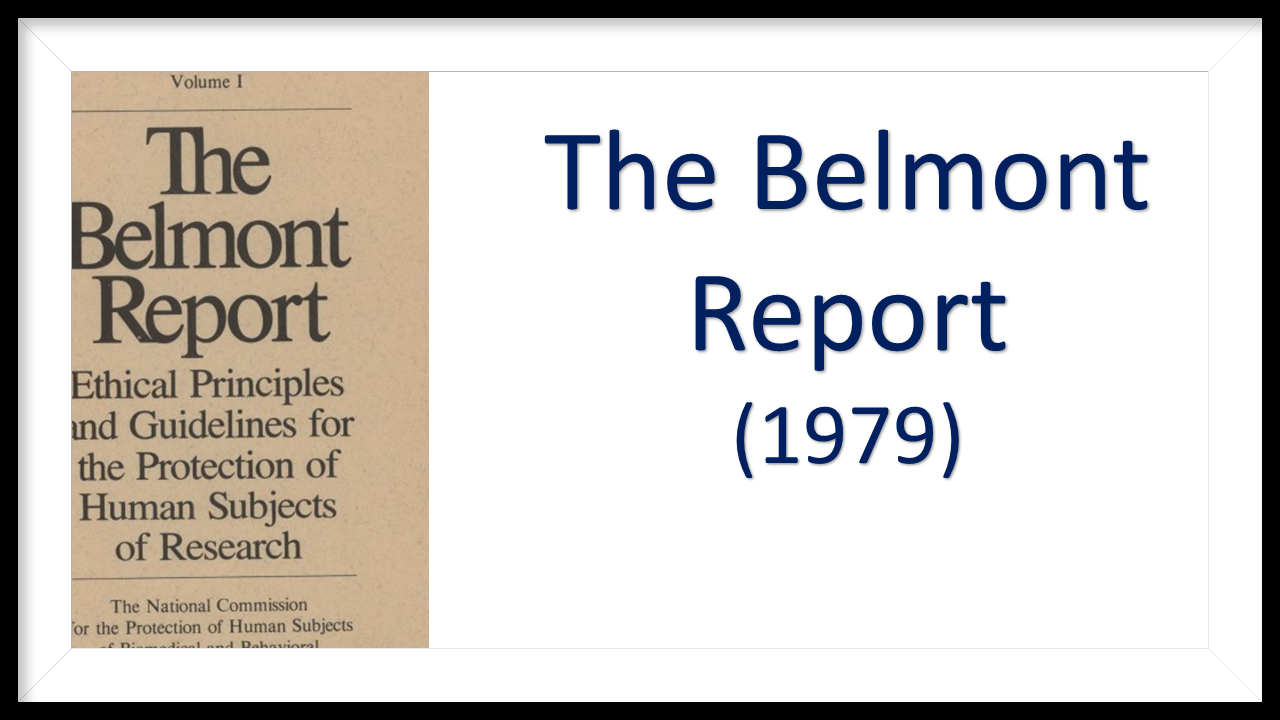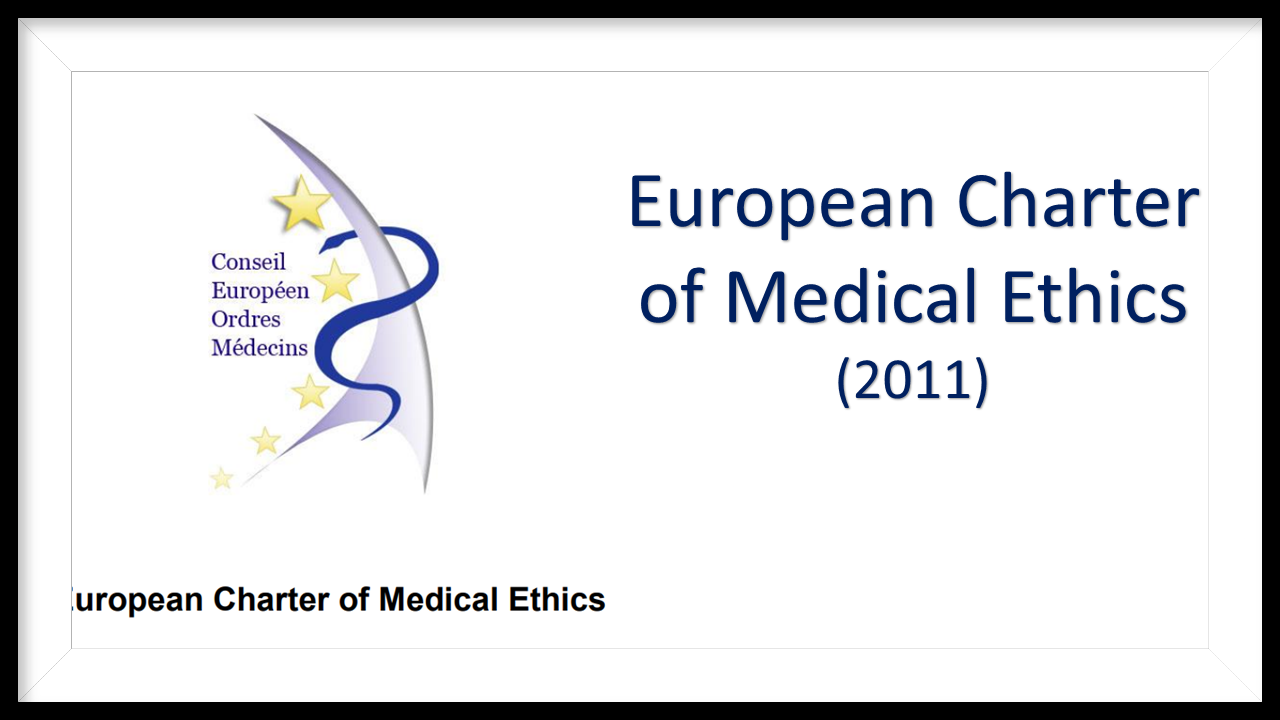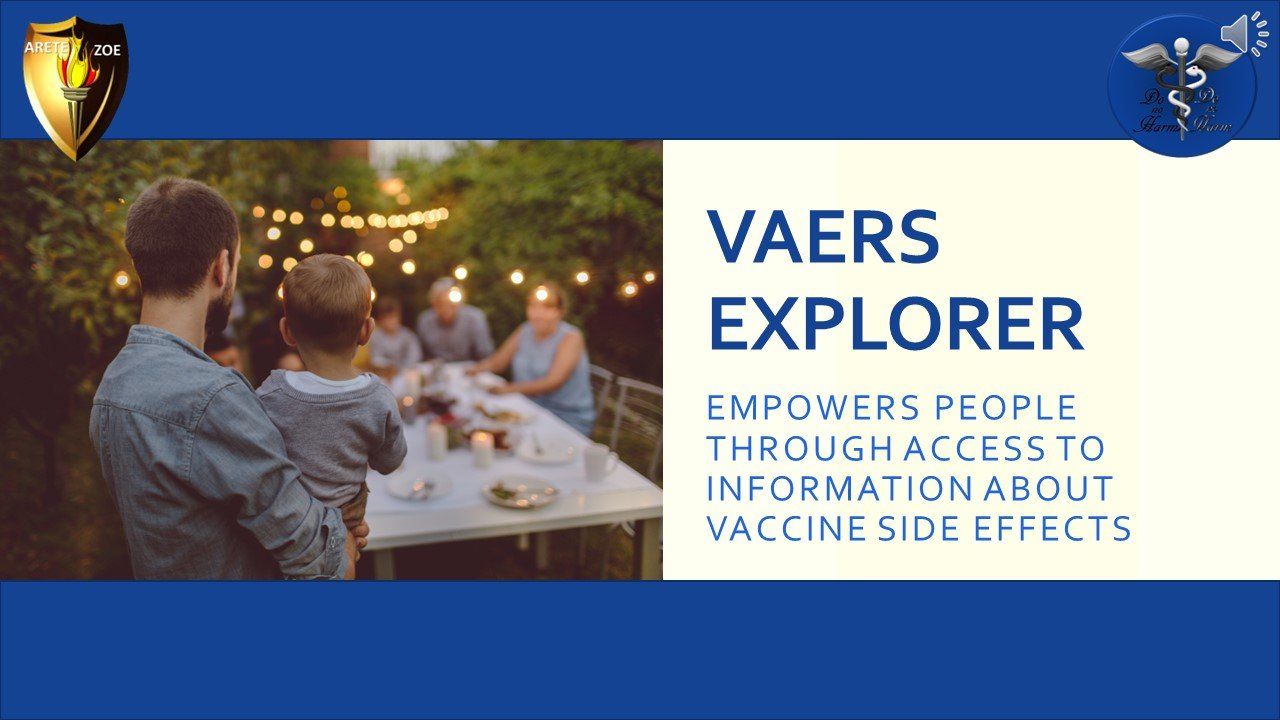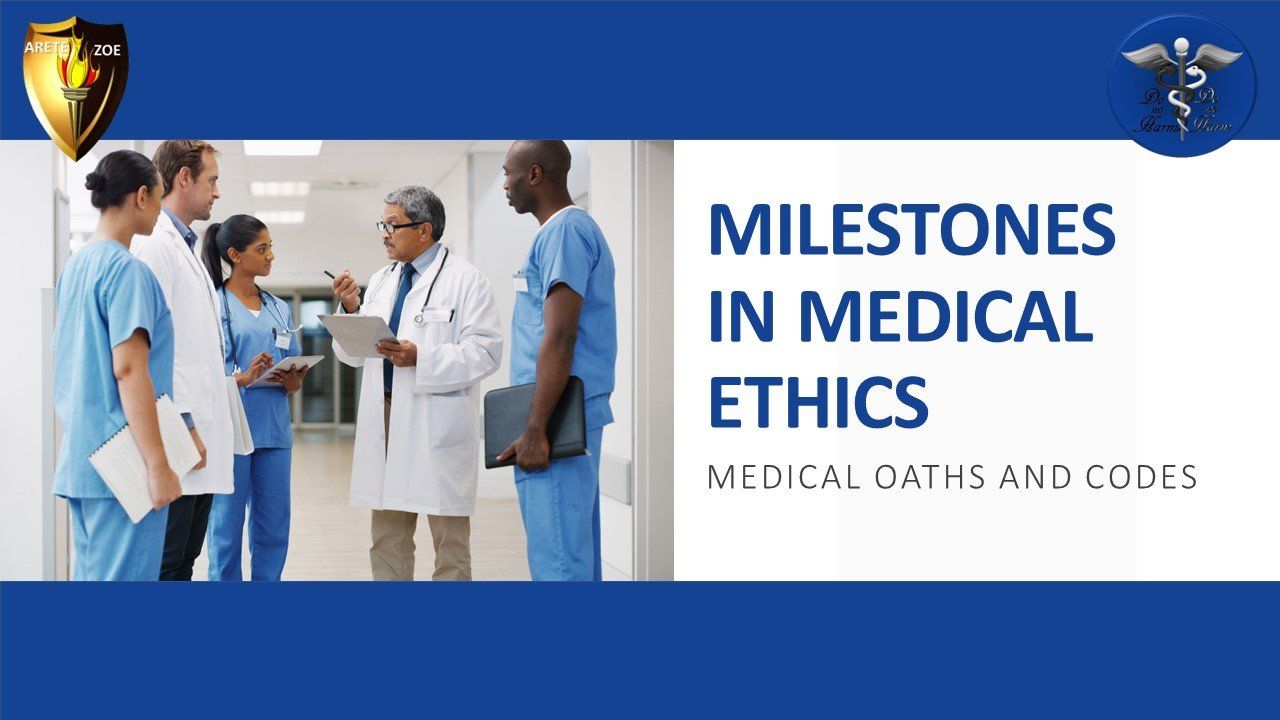
Follow VAERS Explorer on Social Media
The Nuremberg Code
(1947)
The Nuremberg Code originated from the trial of Nazi doctors after the defeat of Nazi Germany in World War II. The American Military Tribunal in Nuremberg concluded on August 19, 1947, when the judges delivered their verdict in the U.S.A vs. Karl Brandt et al.
The U.S.A. vs. Karl Brandt et al. (also known as the Medical Case or the Doctor's Trial) took place in 1946-47. The twenty-three Nazi doctors and administrators were accused of war crimes and crimes against humanity. Nine were sentenced to terms in prison, and seven were acquitted. Seven, including Karl Brandt, were sentenced to death and executed.
Karl Brandt was a senior official in the German government responsible for medical experiments. The remaining defendants were senior doctors and administrators in the German military and the SS. The indictments included conspiracy to commit war crimes and crimes against humanity, war crimes, crimes against humanity, and membership in a criminal organization (the SS). The specific crimes cited included experiments conducted for the German military on inmates of concentration camps, captive populations, and own undesirables.
The prosecution detailed medical experiments and other medical crimes:
High-altitude experiments studied the effect of high-altitude flying using a low-pressure chamber at the Dachau concentration camp. Two were convicted (R. Brandt and Sievers).
Freezing experiments investigated treatments for people exposed to severe cold at Dachau. Four were convicted (R. Brandt, Handloser, Schroeder, and Sievers).
Malaria experiments tested malaria immunization and treatment on more than 1000 prisoners at Dachau. Of the nine doctors charged, only Sievers was convicted.
Mustard gas experiments investigate the treatment of injuries caused by mustard gas at Sachsenhausen, Natzweiler, and other camps. K. Brandt, R. Brandt, and Sievers were convicted.
Sulfanilamide experiments tested the effectiveness of sulfanilamide for infected wounds at Ravensbrueck. Six were convicted (K. Brandt, Fischer, Gebhardt, Handloser, Mrugowsky, and Oberheuser).
Bone, muscle, and nerve regeneration, and bone transplant. These experiments were conducted at Ravensbrueck. Three were convicted (Fischer, Gebhardt, and Oberheuser).
Seawater experiments at Dachau tested methods that would make seawater drinkable. Five were convicted (Becker-Freyseng, Beiglboeck, Gebhardt, Schroeder, and Sievers).
Jaundice experiments at Sachsenhausen and Natzweiler camps investigated the causes of epidemic jaundice and immunizations against the disease. The experiments were at . K. Brandt was convicted.
Typhus experiments tested the effectiveness of vaccines against typhus, smallpox, cholera, and other diseases at Buchenwald and Natzweiler. The Tribunal convicted R. Brandt, Genzken, Handloser, Hoven, Mrugowsky, Rose, Schroeder, and Sievers.
Poison experiments investigated the effect of various poisons at Buchenwald and Sachsenhausen. Mrugowsky was convicted.
Incendiary bomb experiments tested treatments for phosphorus burns at Buchenwald. All four doctors were acquitted.
Sterilization experiments at Auschwitz, Ravensbrueck, and elsewhere studied large-scale sterilization methods designed to eliminate undesired populations while maintaining their ability to work. The experiments used drugs, x-rays, and surgery. Three were convicted (Brack, R. Brandt, and Gebhardt).
Skeleton collection was an anatomical research project at the Reich University of Strasbourg, killing 112 Jews at Auschwitz to get their skeleton. R. Brandt and Sievers were charged and convicted.
Tuberculosis. Polish nationals suffering from tuberculosis were imprisoned or killed to protect public health. No convictions were made.
Euthanasia. The secret project involved killing the aged, insane, incurably ill, deformed children, and others at asylums in Germany, in the camps, and in occupied territories. Brack, K. Brandt, and Hoven were convicted.
Phenol experiments investigated phenol-related fatalities in gas edema at Buchenwald. Hoven and Mrugowsky were convicted.
Phlegmon experiments tested treatments for sepsis at Dachau and Auschwitz. No convictions were made.
Polygal experiments tested the effectiveness of polygal, a blood coagulant, for the treatment of wounds. Sievers was convicted.
In April 1947, before announcing the judgment, the Tribunal addressed the question of permissible medical experimentation on human beings. The defendants argued that no law distinguished between lawful and unlawful research. American doctors Andrew Ivy and Leo Alexander, who had worked with the prosecution, elaborated on points of legitimate research for the United States Counsel for War Crimes. The original six points, extended into ten, were included in the section Permissible Medical Experiments. The text then became known as the Nuremberg Code. The Code became a landmark in medical ethics that is widely cited in historical and medical books. Yet, its legal force remains ambiguous as it was never incorporated into U.S., German, or any other national law codes.
Permissible Medical Experiments.
1. The voluntary consent of the human subject is absolutely essential. This means that the person involved should have legal capacity to give consent; should be situated as to be able to exercise free power of choice, without the intervention of any element of force, fraud, deceit, duress, over-reaching, or other ulterior form of constraint or coercion, and should have sufficient knowledge and comprehension of the elements of the subject matter involved as to enable him to make an understanding and enlightened decision. This latter element requires that before the acceptance of an affirmative decision by the experimental subject there should be made known to him the nature, duration, and purpose of the experiment; the method and means by which it is to be conducted; all inconveniences and hazards reasonably to be expected; and the effects upon his health or person which may possibly come from his participation in the experiment.
The duty and responsibility for ascertaining the quality of the consent rests upon each individual who initiates, directs or engages in the experiment. It is a personal duty and responsibility which may not be delegated to another with impunity.
2. The experiment should be such as to yield fruitful results for the good of society, unprocurable by other methods or means of study, and not random and unnecessary in nature.
3. The experiment should be so designed and based on the results of animal experimentation and a knowledge of the natural history of the disease or other problem under study that the anticipated results will justify the performance of the experiment.
4. The experiment should be so conducted as to avoid all unnecessary physical and mental suffering and injury.
5. No experiment should be conducted where there is an a priori reason to believe that death or disabling injury will occur; except, perhaps, in those experiments where the experimental physicians also serve as subjects.
6. The degree of risk to be taken should never exceed that determined by the humanitarian importance of the problem to be solved by the experiment.
7. Proper preparations should be made and adequate facilities provided to protect the experimental subject against even remote possibilities of injury disability or death.
8. The experiment should be conducted only by scientifically qualified persons. The highest degree of skill and care should be required through all stages of the experiment of those who conduct or engage in the experiment.
9. During the course of the experiment the human subject should be at liberty to bring the experiment to an end if he has reached the physical or mental state where continuation of the experiment seems to him to be impossible.
10. During the course of the experiment the scientist in charge must be prepared to terminate the experiment at any stage, if he has probable cause to believe, in the exercise of the good faith, superior skill and careful judgement required by him that a continuation of the experiment is likely to result in injury, disability, or death to the experimental subject.
References:
Trials of War Criminals before the Nuremberg Military Tribunals under Control Council Law No. 10. Nuremberg October 1946 – April 1949, Washington. U.S. Government Printing Office (n.d.) Available at: https://collections.nlm.nih.gov/catalog/nlm:nlmuid-01130400RX2-mvpart
Nuremberg Code (1949). United States Holocaust Memorial Museum. Available at: https://www.ushmm.org/information/exhibitions/online-exhibitions/special-focus/doctors-trial/nuremberg-code?_hsenc=p2ANqtz--3HSm51sIDeNyCRPAQSiCwQOLQfOrBcnPjjNNcmy1HYC25Azd3mBwNaho0yHf9iL25INbP
NMT Case 1. U.S.A. v. Karl Brandt et al.: The Doctors' Trial. Harvard Law School Library Nuremberg Trials Project. Available at: https://nuremberg.law.harvard.edu/nmt_1_intro
Records of the United States Nuernberg War Crimes Trials United States of America v. Karl Brandt et al. (Case I) November 21, 1946 – August 20, 1947. National Archives Microfilm Publications Pamphlet describing M887. Available at: https://www.archives.gov/files/research/captured-german-records/microfilm/m887.pdf
Nuremberg Code. The University of North Carolina at Chapel Hill. Available at: https://research.unc.edu/human-research-ethics/resources/ccm3_019064/
Last updated: September 10, 2022
Milestones in Medical Ethics
Follow VAERS Explorer on Social Media


